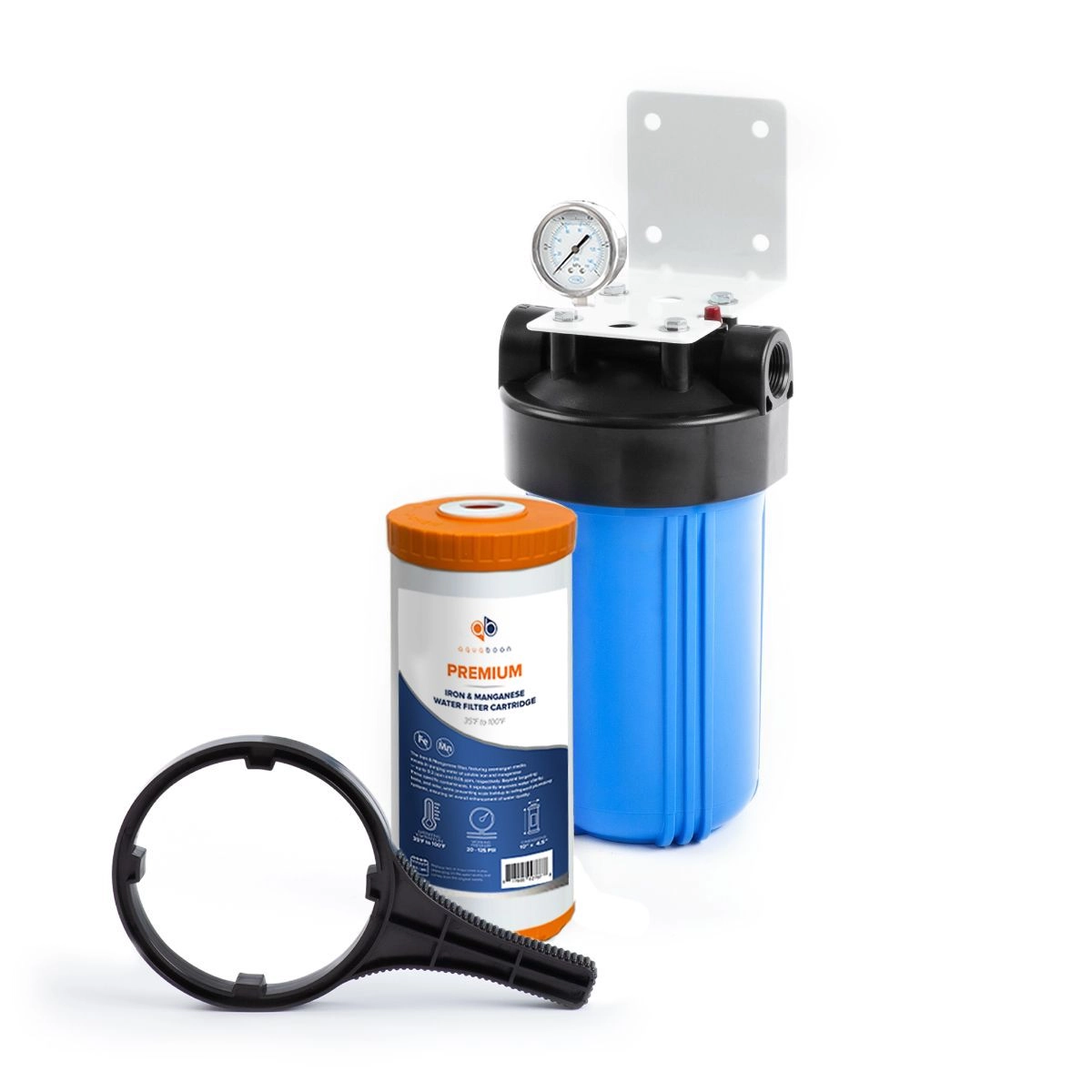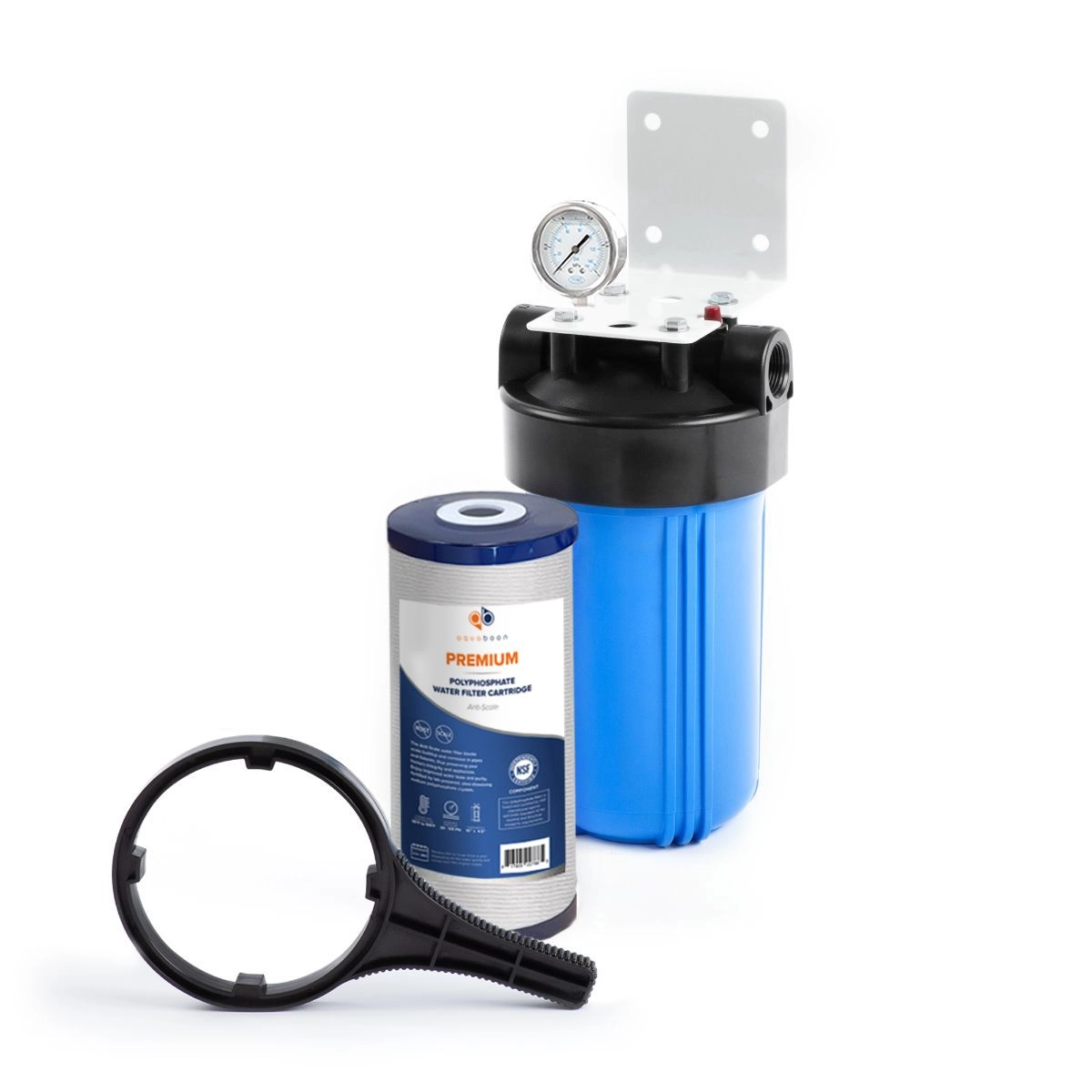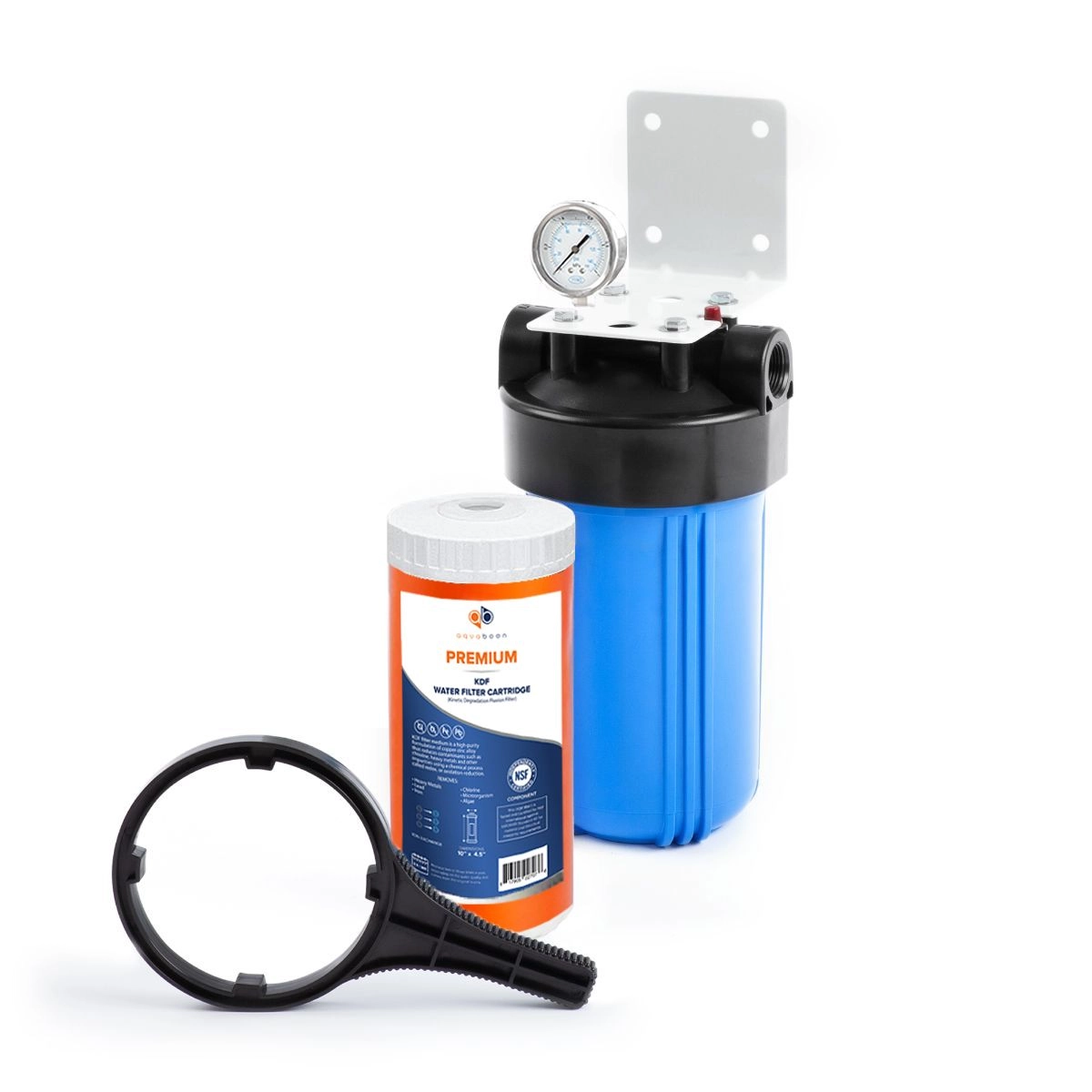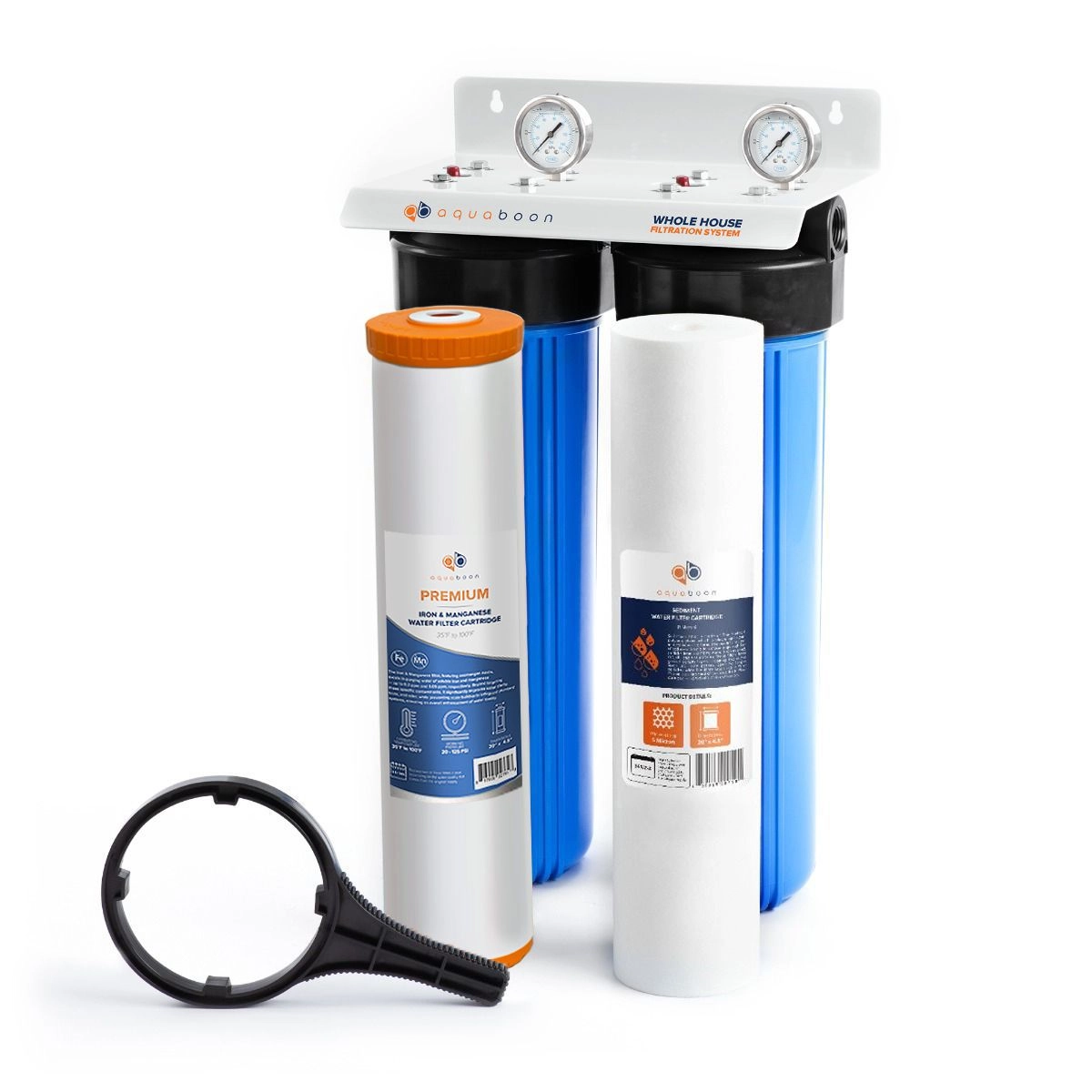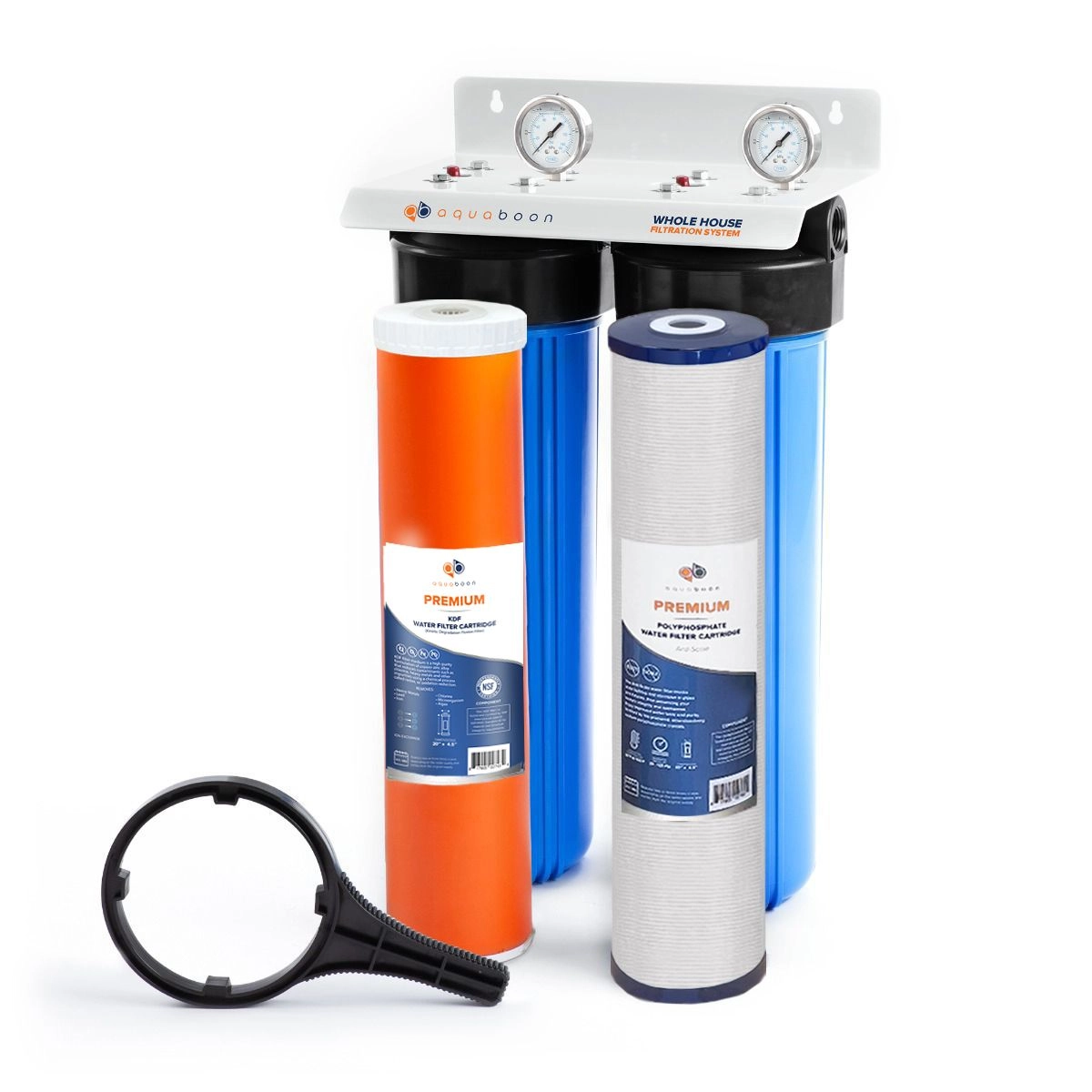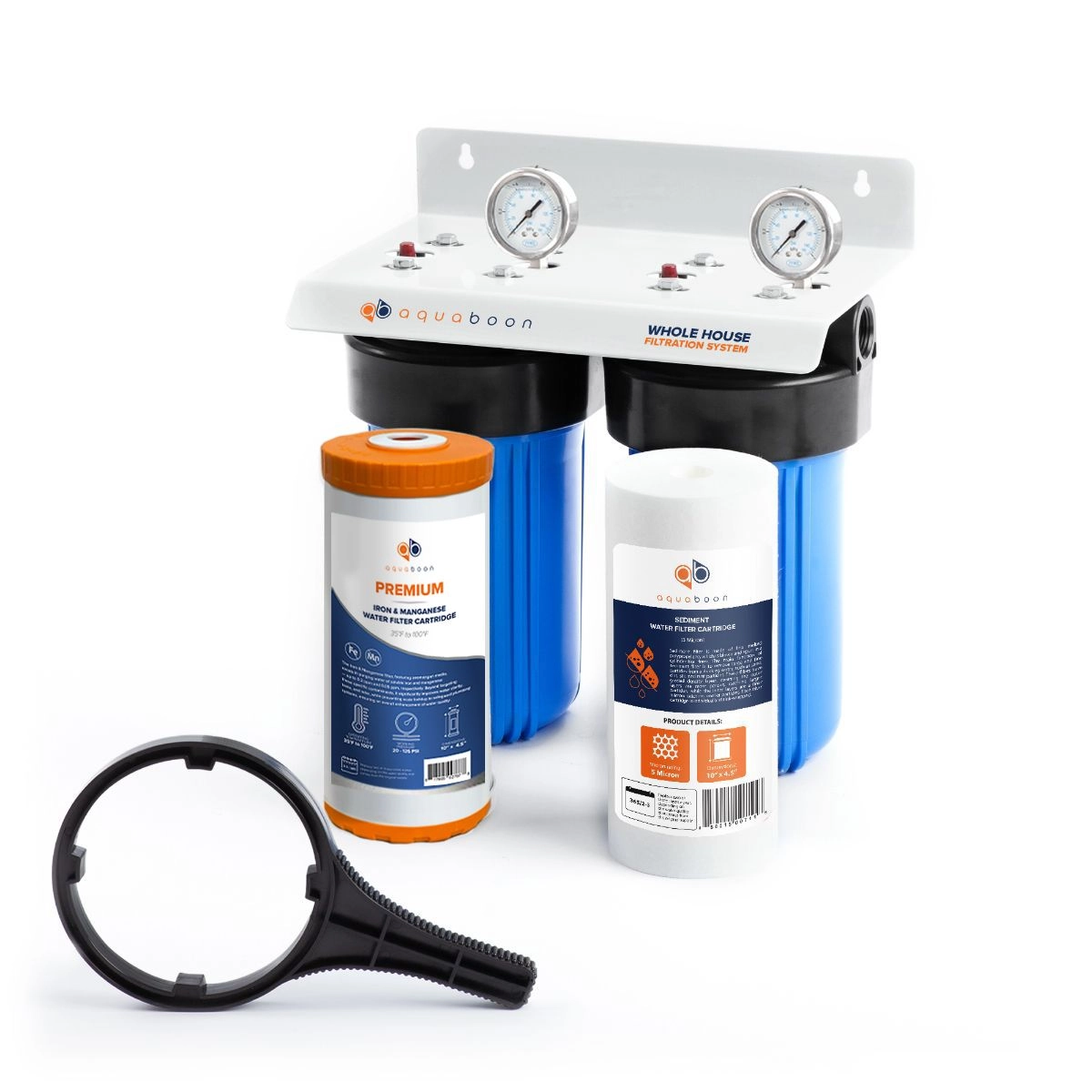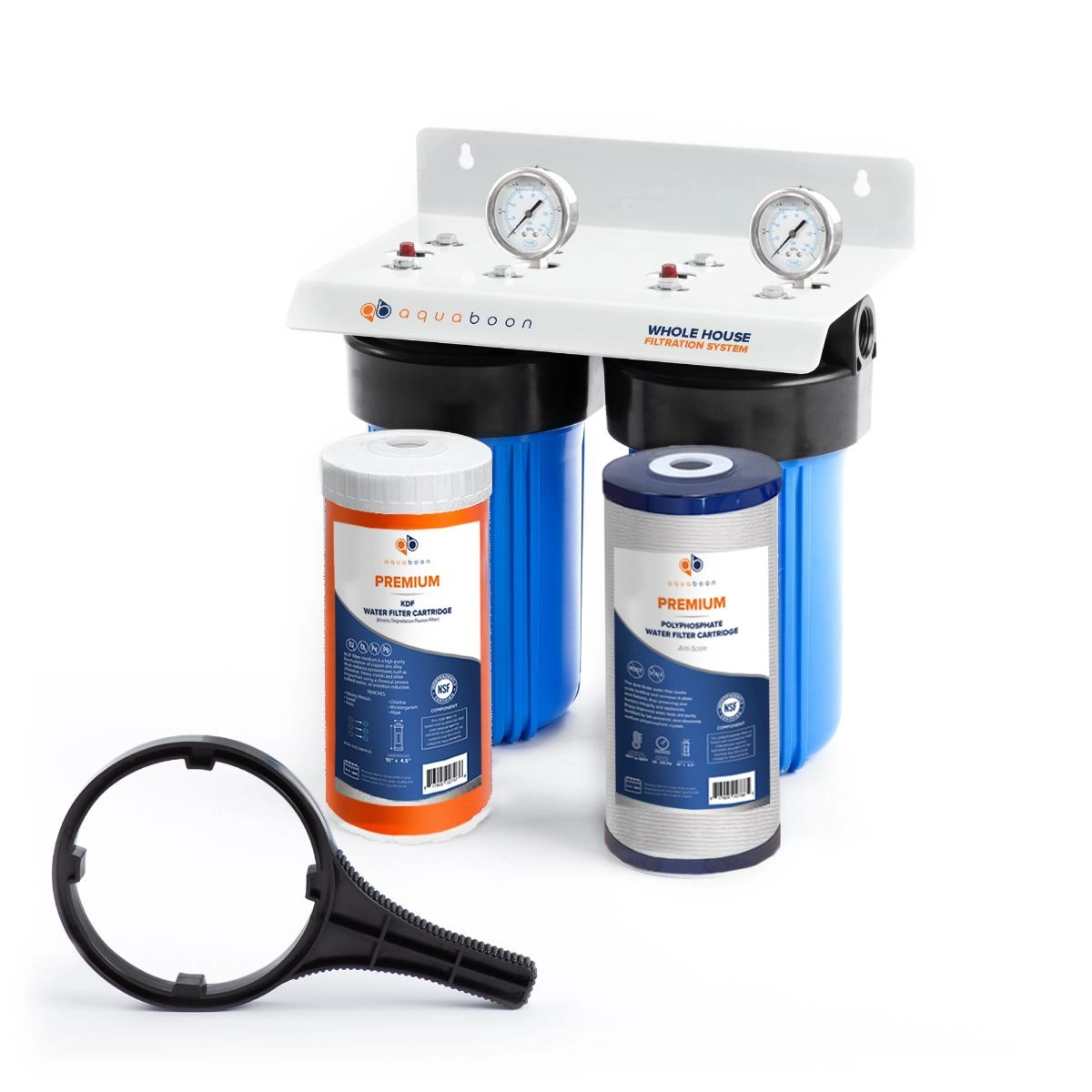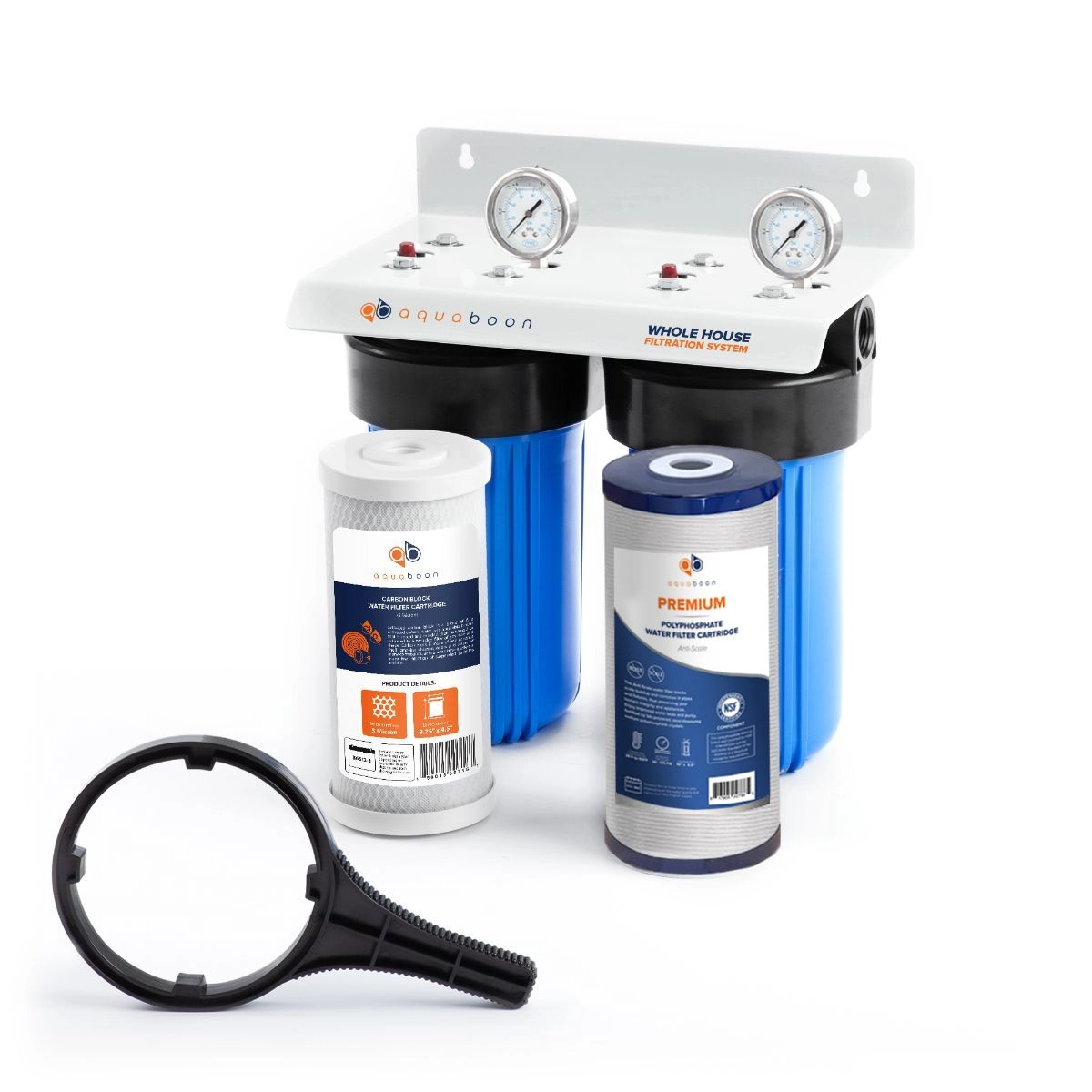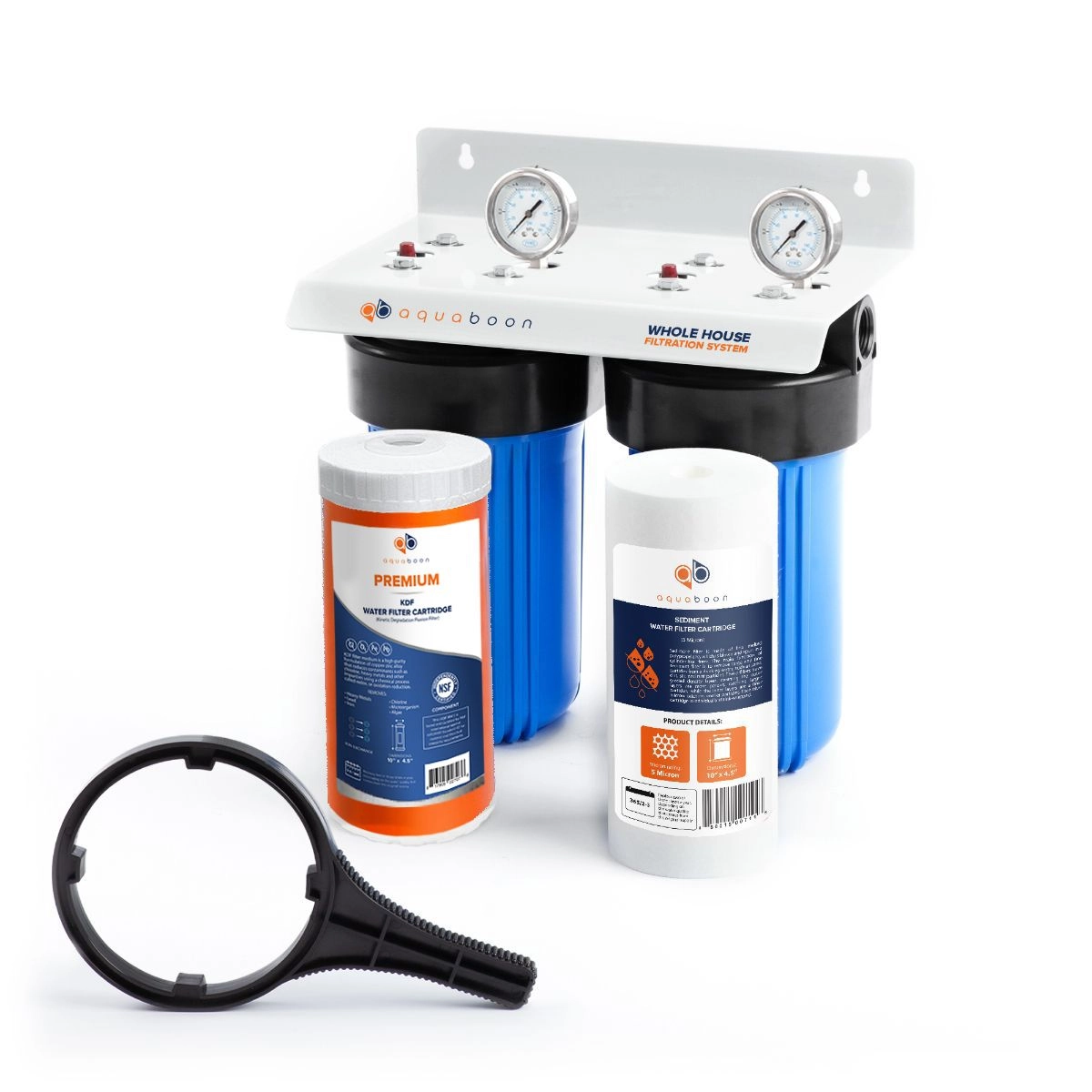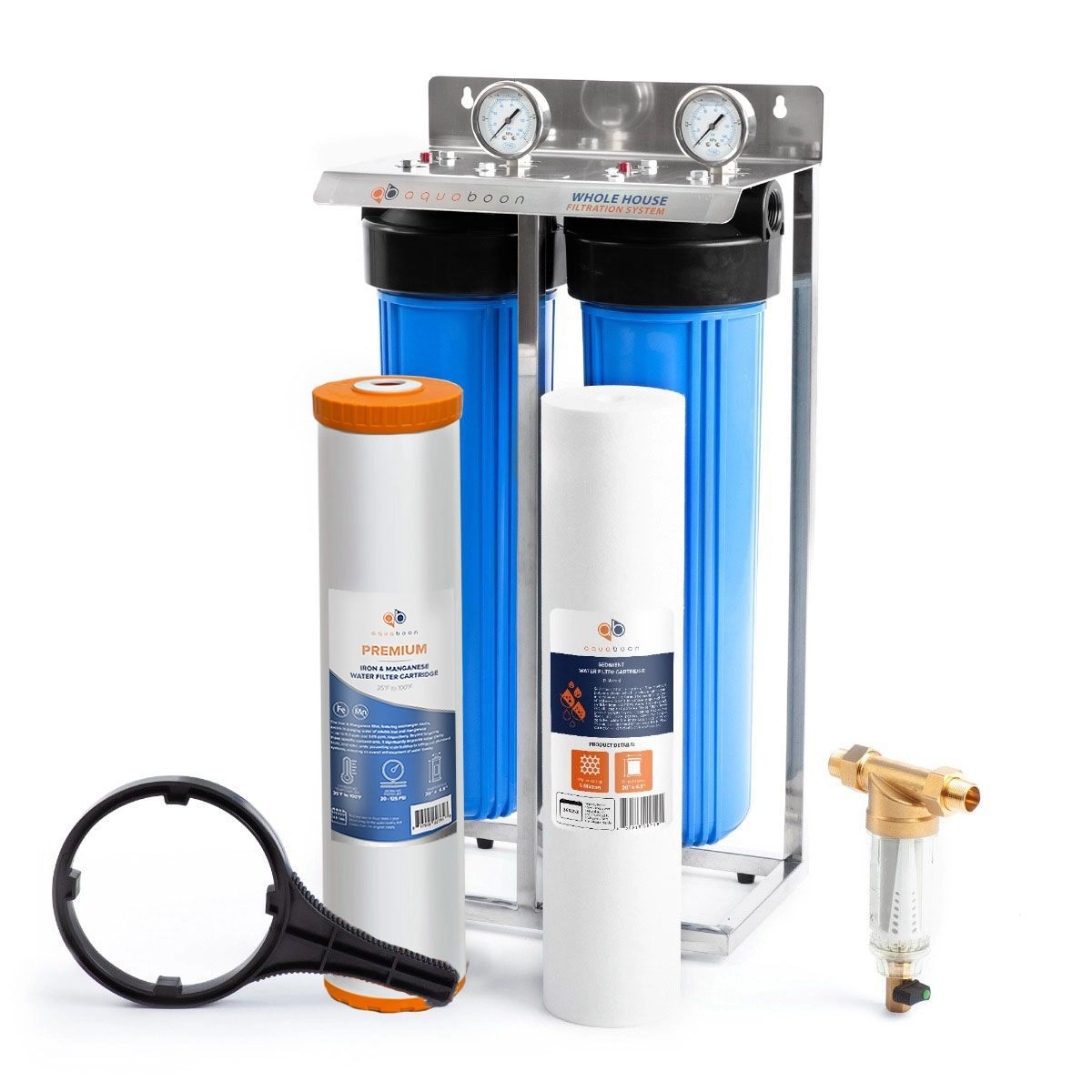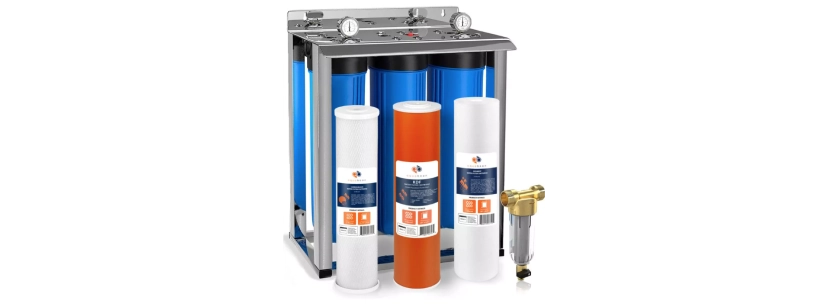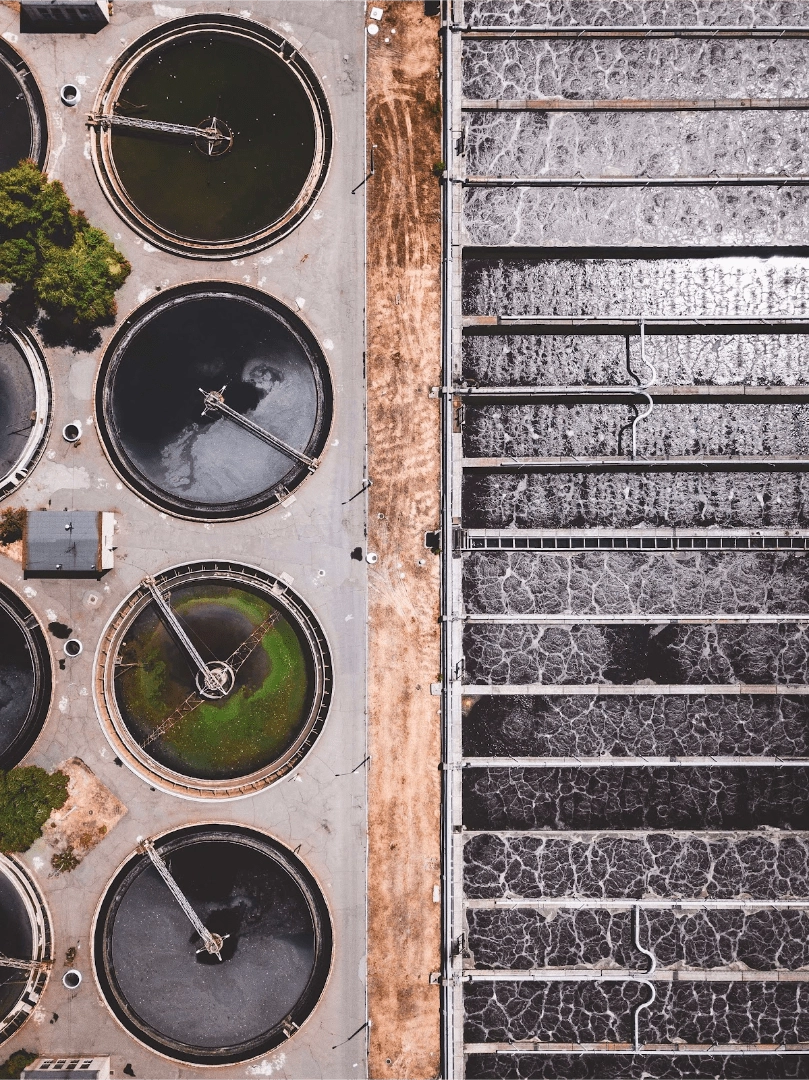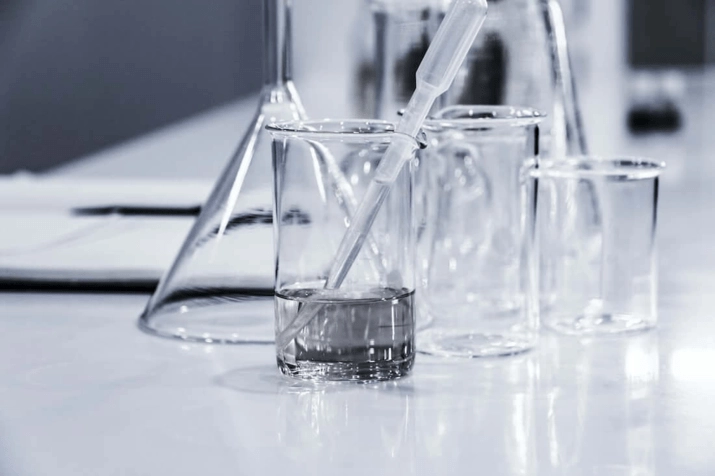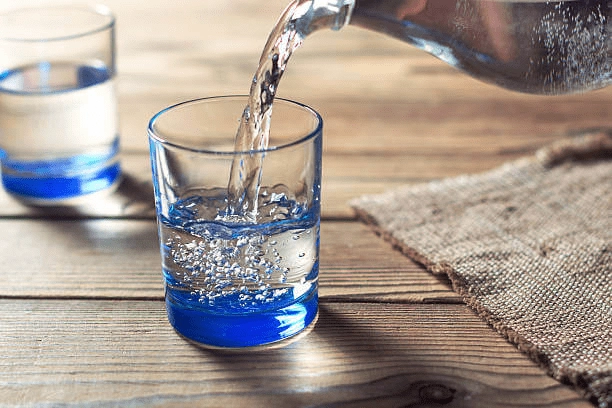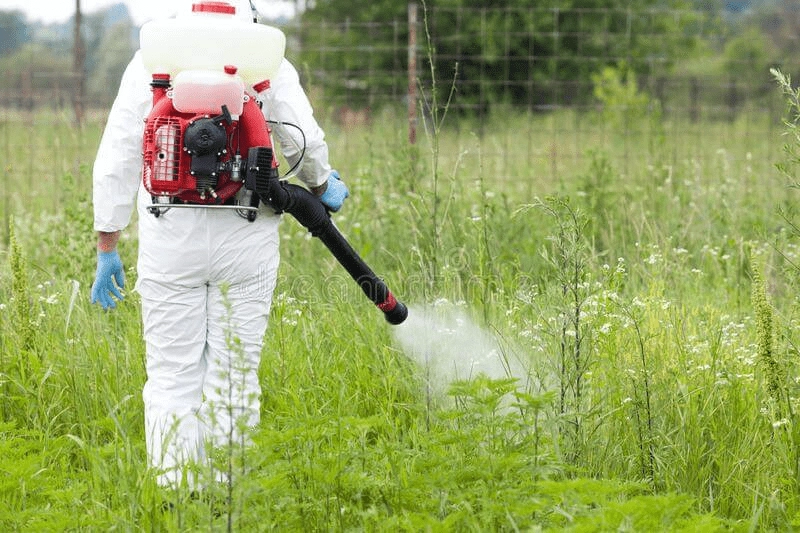Chloramine is a compound obtained when chlorine and ammonia react. It is widely used for water treatment, and approximately one in every five Americans has access to water that’s undergone chloramine treatment. Chloramine has many attributes that qualify it as a perfect water purifier. However, although it is not harmful to ingest, it still has downsides that necessitate further water treatment.
Removing Chloramines from Tap Water
Where do Chloramines come from?
Due to their high stability, these compounds have long-lasting disinfecting properties. Although they are weaker disinfectants compared to chlorine, they can stay longer without losing potency, continuing to clean long after all the chlorine has been broken down. This compound is also less likely to produce ‘disinfection by-products’ (DBPs) when used, while DBP production is one of the known adverse effects of chlorine use.
Chlorine and Chloramine: What Is the Difference?
To understand chloramine, it’s important to first understand its predecessor — chlorine. Both chlorine and chloramine are disinfectants used by municipal water systems to kill harmful bacteria and pathogens in the water supply. However, they differ in several ways:
- Chlorine:
- A highly reactive chemical used for water disinfection.
- Evaporates relatively quickly, which is why you may notice the chlorine smell in tap water.
- Typically removed through boiling, sitting, or filtration.
- Chloramine:
- A more stable chemical compound, formed by combining chlorine and ammonia.
- Unlike chlorine, chloramine does not evaporate quickly, so it lingers in the water longer.
- Requires more specialized methods for removal, which we will discuss below.
Understanding the differences between these two disinfectants can help you better decide how to get chloramine out of your water.
Why Should I Remove Chloramines from Drinking Water?
Unfortunately, the chloramines water treatment plants are not 100% reliable. That is why you need further purification. When exposed to excess chloramine, here are the effects on humans and the environment:
- Skin irritation
- Eyes and nose irritation
- Corrosion
- Breaks down rubber
- Bad taste and odor
- Plant and aquatic toxicity
- Very detrimental to patients undergoing hemodialysis
Is Chloramine in Water Dangerous?
While chloramine is considered safe at low levels for most people, it can have harmful effects under certain circumstances:
- Health Risks:
- Chloramine, when consumed in large amounts, can cause irritation to the skin, eyes, and respiratory system.
- It can also affect people with compromised immune systems or respiratory conditions such as asthma.
- Pets, especially fish, are highly sensitive to chloramine. High concentrations can harm aquatic life.
- Taste and Odor:
- Chloramine can impart a distinct, unpleasant taste and odor to water, making it less enjoyable for drinking or cooking.
In the next sections, we'll explore how to safely remove chloramine from your water supply.
Signs of Chloramine in Water
There are several indicators that your water may contain chloramine:
- Unpleasant Odor and Taste: The most noticeable sign of chloramine in water is its distinctive taste and odor. This can often be described as a chlorine-like smell that lingers.
- Skin and Eye Irritation: When chloramine concentrations are high, you might experience irritation when swimming or washing with the water. This includes red or itchy eyes, or dry, irritated skin.
- Health Issues: If you're sensitive to chemicals, chloramine can cause minor health symptoms like nausea or headaches, especially if you drink a significant amount of chloramine-treated water.
- Aquarium Problems: If you have fish or aquatic pets, they might show signs of distress if your tap water contains chloramine. This includes abnormal swimming patterns or lethargy.
If you're experiencing any of these symptoms, it’s worth investigating whether chloramine is present in your tap water.
Best Filters for Chloramine Removal
These are the three types of water filters that can remove chloramine from water:
- Reverse Osmosis (RO) System: This is the best choice for effective water filter chloramine removal. The system's processes are a slow but sure method of filtration, producing incredibly pure liquid for cooking and drinking.
- Whole House Systems: Though not as efficient as RO, these systems are excellent for cleaning drinking water and provide a comprehensive solution for household water treatment.
- GAC Filters (Granular Activated Carbon): These filters, containing activated carbon, are a great option for whole-house filtration, effectively removing chloramines and other contaminants.
Chlorine Water Filtration for Home


